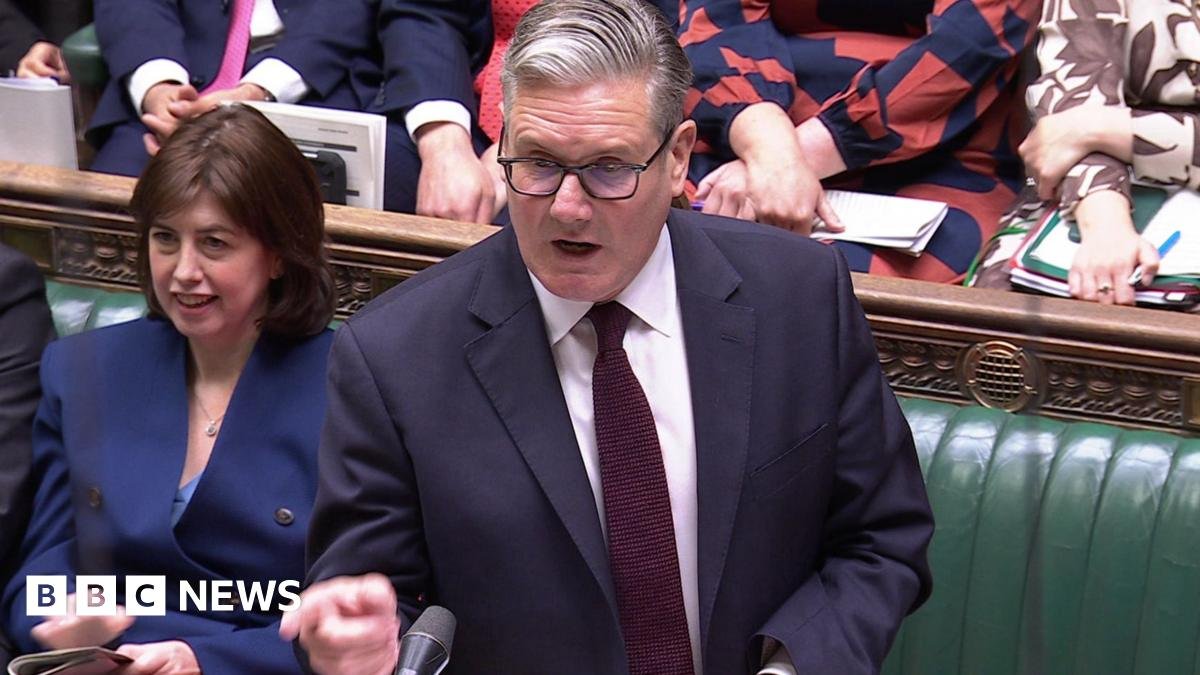
Some may feel short changed – but this is an opportunity for No 10 to end the economic doom looppublished at 10:55 British Summer Time
 Faisal Islam
Faisal Islam
Economics editor
The Spending Review will reveal the government’s public sector
priorities, when push comes to shove, against a backdrop of slow growth and
tight budgets.
Those priorities will clearly be seen in the charts and the
tables of the document as health, defence and the UK’s long-term economic
growth.
There will be some losers in terms of departments that are
not protected, despite years of limited spending. Some regions could feel short
changed by a focus on transport investment in northern England.
The grand claim of this Spending Review will be of “rewiring the state” as the plans look to “renew Britain”.
The chancellor’s focus has been squarely on divvying up the £113bn increase in major projects long term capital spending. This half decade will be the highest sustained public sector investment rate since 1981. There will be multi-billion investments in AI, regional transport and defence industries.
But the test of all this will be whether it addresses long-term weaknesses in investment and help change the currently sluggish trajectory of British growth.
The concern is that the review might not reconcile fundamentally higher expectations of public services, especially since the pandemic, with tight funding, limits on borrowing, and promises not to increase tax further.
The abacus and spreadsheet of spending priorities will matter.
But this is also a much-needed golden opportunity for Downing Street, with the imminent release of new long term strategies for industry, infrastructure, trade and the NHS, to show the country and the world that the economy can be forced away from a doom loop of low investment, low growth and increasing taxes.







